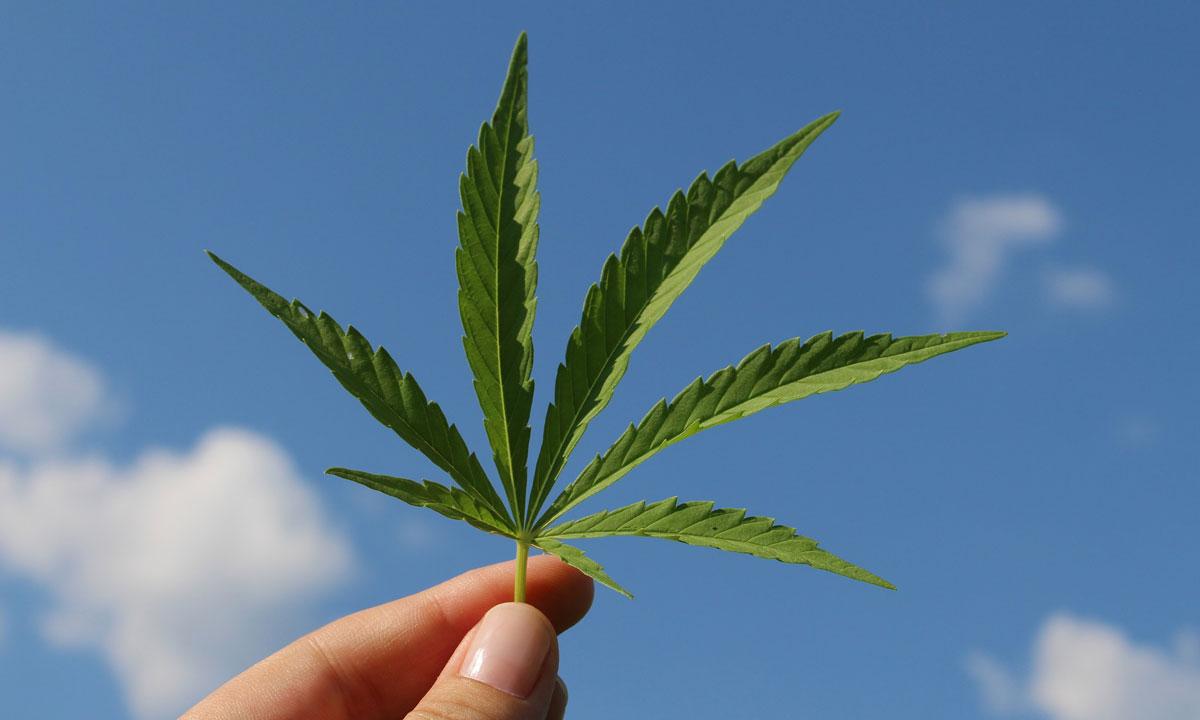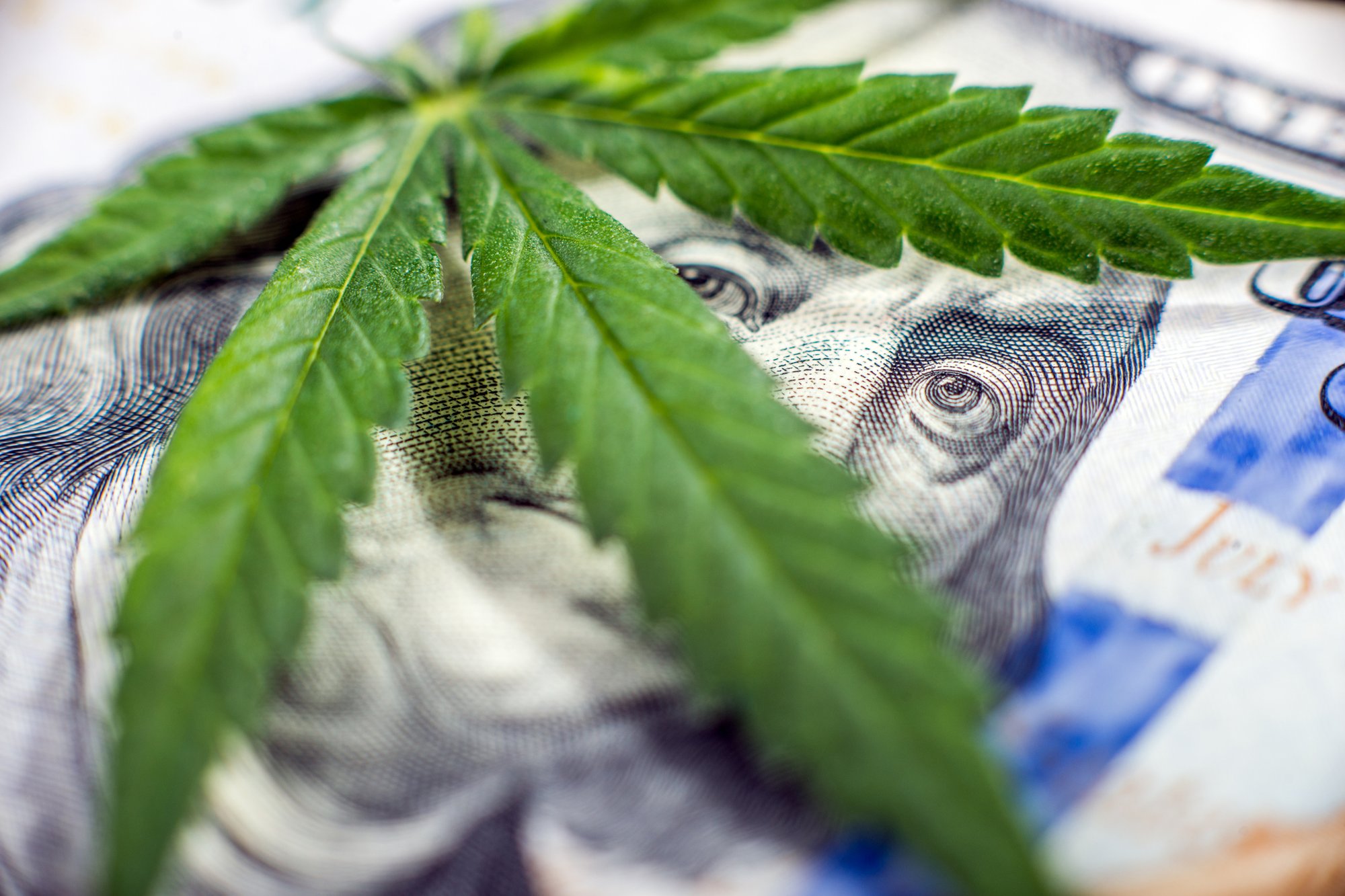A U.S. senator has asked the Department of Agriculture to delay issuing final hemp rules under the 2018 Farm Bill until 2022, to delay costs associated with the new U.S. Domestic Hemp Production Program.
New York Sen. Charles Schumer called for the delay in a letter to the USDA last week. If implementation of the new rules is postponed, hemp growers and producers could continue to operate under the 2014 Farm Bill‘s pilot program. That would let them avoid what USDA estimates as $17,000 (€14,500) in compliance costs associated with the new rules.
Effect on other states
While Schumer is advocating for CBD interests in his home state, a federal delay could also give some financial relief to stakeholders in other states that currently operate under the 2014 Farm Bill.
“These costs do not just impact businesses across the United States but also state budgets that must alter their pilot programs to meet the demands of the Interim Final Rules,” Schumer wrote. “With bandwidth completely consumed by COVID concerns, the state regulatory agencies cannot focus on implementation of the Interim Final Rules. At this point, only 19 states have approved plans in place and enforcement efforts will deal a significant economic blow to the industry.”
Two industry organizations, the National Industrial Hemp Council and the National Association of State Departments of Agriculture also have written to Congress asking for a delay in implementing the new hemp rules.
Copyright
© 420 Intel







